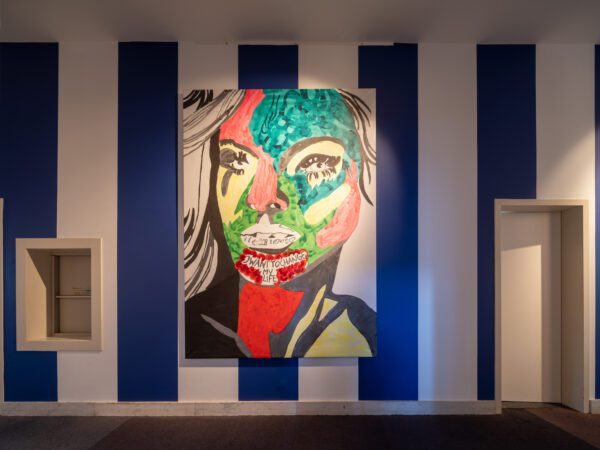16 February 2024
Considerations when buying (valuable) art
What are the most important considerations when buying art?
Read more

16 February 2024
What are the most important considerations when buying art?
After a down year 2023 for the global art market, 2024 seems to promise a modest growth for the art market again. A few international fairs are coming up this spring, such as TEFAF Maastricht, Art Brussels, Miart, and Art Basel.
Are you considering to buy valuable art (early modern and classic art or antiquities) this year? It is important to be aware of some of the risks that buyers face.
Using information received from collectors, art and finance operators, the Art & Finance Report of Deloitte and ArtTactic identified three main threats affecting the reputation and operation of the art market:
The opacity of the art market requires greater responsibility by the buyer to reduce reputational and financial risks. Buyers are therefore recommended to conduct due diligence to check the seller, the artwork and the transaction itself. These checks include, but are not limited to:
• Identifying the legal owner(s) and all other persons who have a legal interest in the artwork and, in case of an intermediary, making sure that the seller has the authority to act on behalf of the legal owner(s);
• Establishing the provenance of the artwork. The lack of credible provenance could indicate an artwork is fake, forged, looted or illegally exported. In this case, the artwork should be checked against databases of lost and stolen art, such as INTERPOL’s ‘database of stolen works of art’ and the ‘Art Loss Register’.
The ‘Art Transaction Due Diligence Toolkit’ developed by Responsible Art Market (RAM) provides a useful tool for conducting due diligence and recognizing red flag situations.
New technologies may force the art market to become more transparent and therefore better protect its stakeholders. Blockchain and AI have the potential to overcome some of the biggest shortcomings of the art market. Blockchains can contain information such as sales records and provenance as digital certificates that link to works of art. This information is extremely difficult to manipulate, making fraud less likely. As a result, issues such as authenticity, legal ownership, credible provenance, and import and export could be placed on a more secure footing. On 13 November 2018, Christie’s New York was the first auction house to record sales results on a blockchain.
GMW lawyers provide specialized art law services, for purchase and sale, due diligence and provenance, art litigation, and art recovery. Our lawyers can carry out investigations to identify any suspicious circumstances that surround acquisition, with special attention given to ascertain if the original or consequent owner was a victim of loss or theft. If you have any questions please don’t hesitate to contact us.